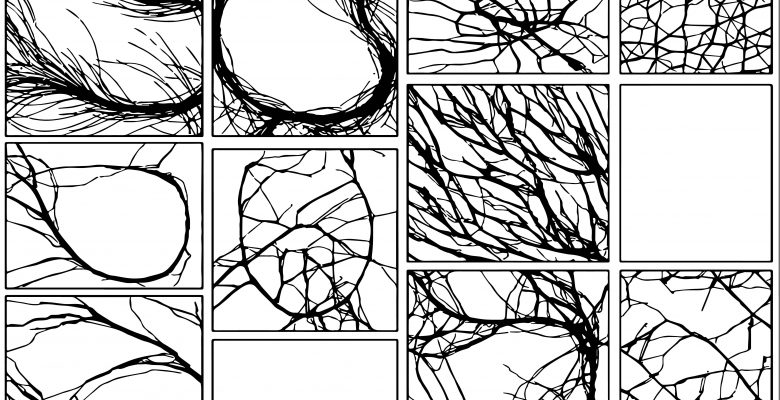This article describes research on using local interactions to generate intricate global patterns and emergent urban forms. An agent-based system (ABS) is used to optimize an urban network and construct the micro-level complexity within a simulated urban environment. The author focuses on how agent-driven emergent patterns can evolve during the simulation in response to the “hidden hand” of macro-level goals. The research extends to the agents’ interactions driven by a set of rules and external forces. An evaluation method is investigated by combining network optimization with the space syntax. The multi-phase approach starts with defining the self-organizing system, which is created by optimizing its topology with ABS. A macro-level “attraction map” is generated based on the space syntax analysis, where the map is used to control various construction operations of an urban model.
This article originally appeared in Vol 07.02 ((Special Issue: Future of Architectural Research/ARCC 2015 Conference)) of the Perkins+Will Research Journal.CLICK HERE to see the whole article.

